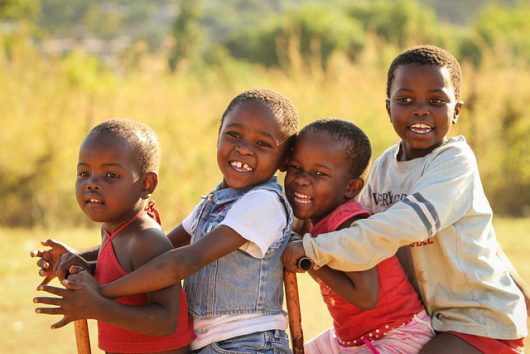The Swaziland Poverty Rate

Despite its classification as a lower-middle-income nation, approximately 59% of the Kingdom of Swaziland’s population still lives below the poverty line. The Swaziland poverty rate is attributed to multiple factors. These factors include stalled economic growth, severe drought, unequal distribution of wealth, high unemployment and a high rate of HIV/AIDS.
The Cause of Swaziland’s Poverty Rate
The Kingdom of Swaziland was one of the Southern African countries most affected by the droughts that occurred in the region during the 2014-2015 and 2015-2016 planting seasons. With more than 70% of Swazis relying on subsistence farming for their livelihoods, the drought caused a significant decline in the country’s agricultural sector. It resulted in the death of 64,000 cattle, increased food prices and caused more than 300,000 people to face acute food shortages. The drought also affected the country’s economic growth, with agriculture contracting by 2.5% and inflation rising to 5% in 2023.
Another factor contributing to Eswatini’s high poverty rate is unemployment, which increased from 23% in 2016 to more than 33% in 2021. During the same period, labor force participation among the nation’s working-age population declined from 50.6% to 45.9%, leaving many individuals unable to secure steady incomes. This situation exacerbates economic instability and limits access to essential resources and opportunities for upward mobility.
The Swazi Government’s Efforts
To combat the high poverty rate in Swaziland, the Swazi government has undertaken various initiatives to promote indigenous Swazi entrepreneurship and decrease youth unemployment rates. These include the National Development Plan (2019-2022), which aims to promote economic growth, job creation and poverty reduction through infrastructure development, agriculture and tourism.
At the same time, the Ministry of Agriculture Strategic Plan (2018-2023) aims to improve agricultural productivity and increase farmers’ income. Additionally, the government has introduced Social Protection Programs, including cash transfers, food assistance and other support for vulnerable populations.
Nongovernmental Organizations Working in Swaziland
Several organizations are also working in Swaziland to help impoverished people. In 2023, the World Food Programme (WFP) collaborated with the Swazi government to improve the food consumption of vulnerable households by providing 54,600 children with nutritious meals and 54,800 people with cash transfers. WFP also provides safety nets for more than 90,000 impoverished people in Eswatini.
Furthermore, another initiative combating Eswatini’s high poverty and unemployment rate is the Eswatini Youth Empowerment Programme (EYEP), a collaboration between the government, private sector, tertiary institutions and civil organizations. This initiative, funded by the United Nations Development Programme (UNDP), supports Eswatini’s working-age population, particularly young graduates, in gaining work experience, skills and job opportunities.
The Thirst Project is another organization working to alleviate the burdens that poverty places on vulnerable Swazis. Its goal is to end the global water crisis by providing sustainable sources of clean water to communities in developing countries. In Eswatini, the nonprofit has built hundreds of water, sanitation and hygiene projects, providing tens of thousands of citizens access to safe, clean water.
With the efforts of the Swazi government, supplemented by aid from humanitarian organizations, the WFP believes that those affected by the Swaziland poverty rate may soon lead healthier, more secure lives.
– Amanda Lauren Quinn
Photo: Flickr
Updated: May 27, 2024
